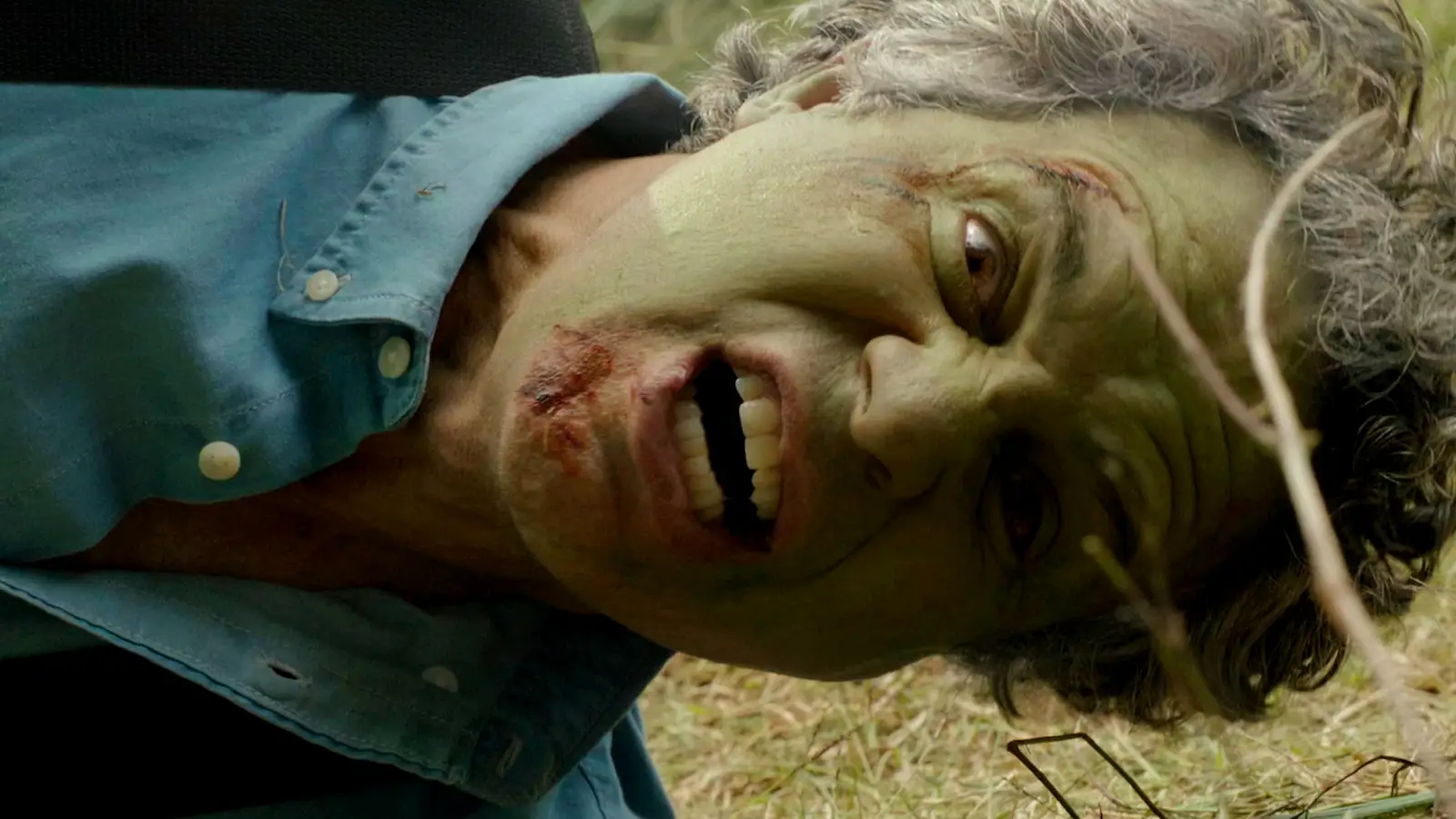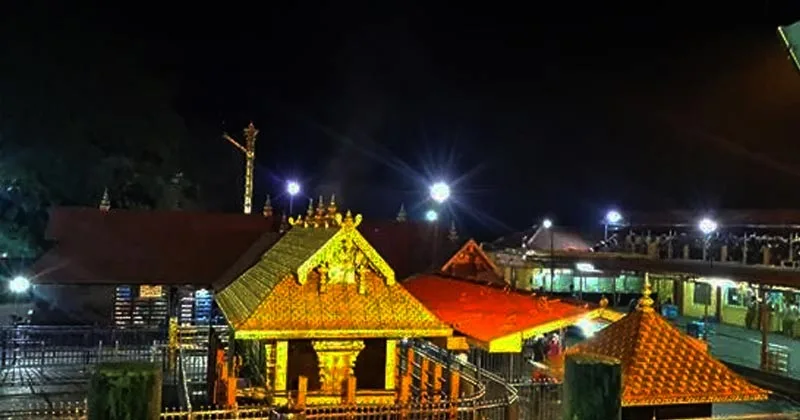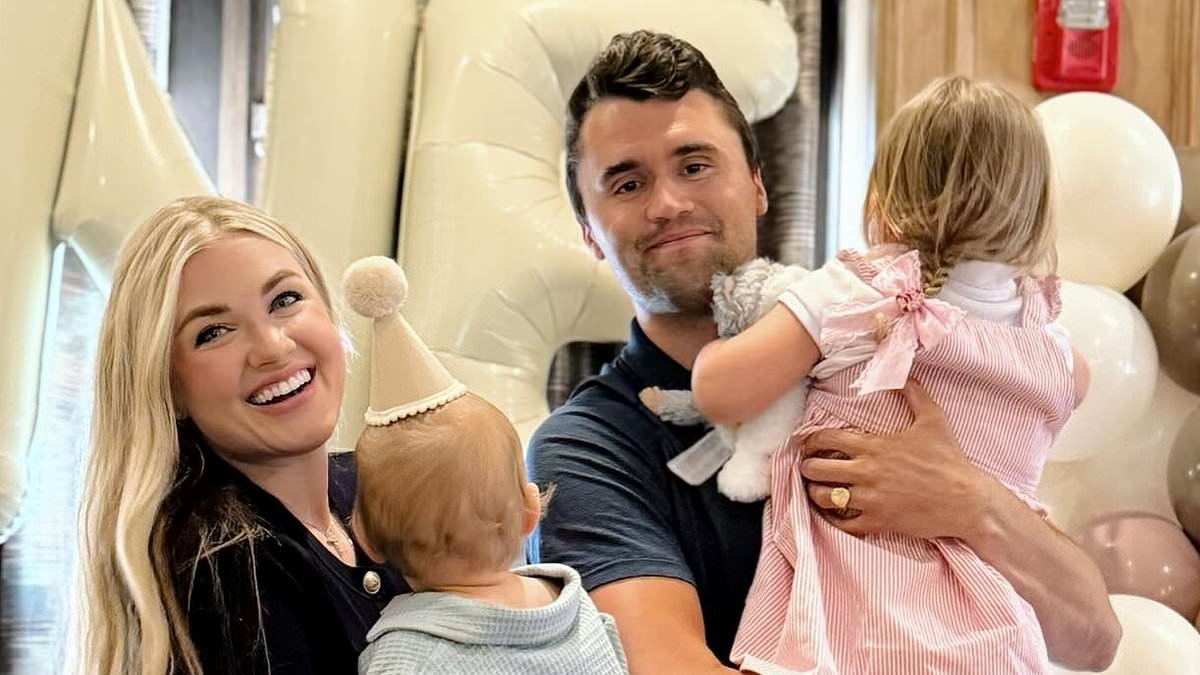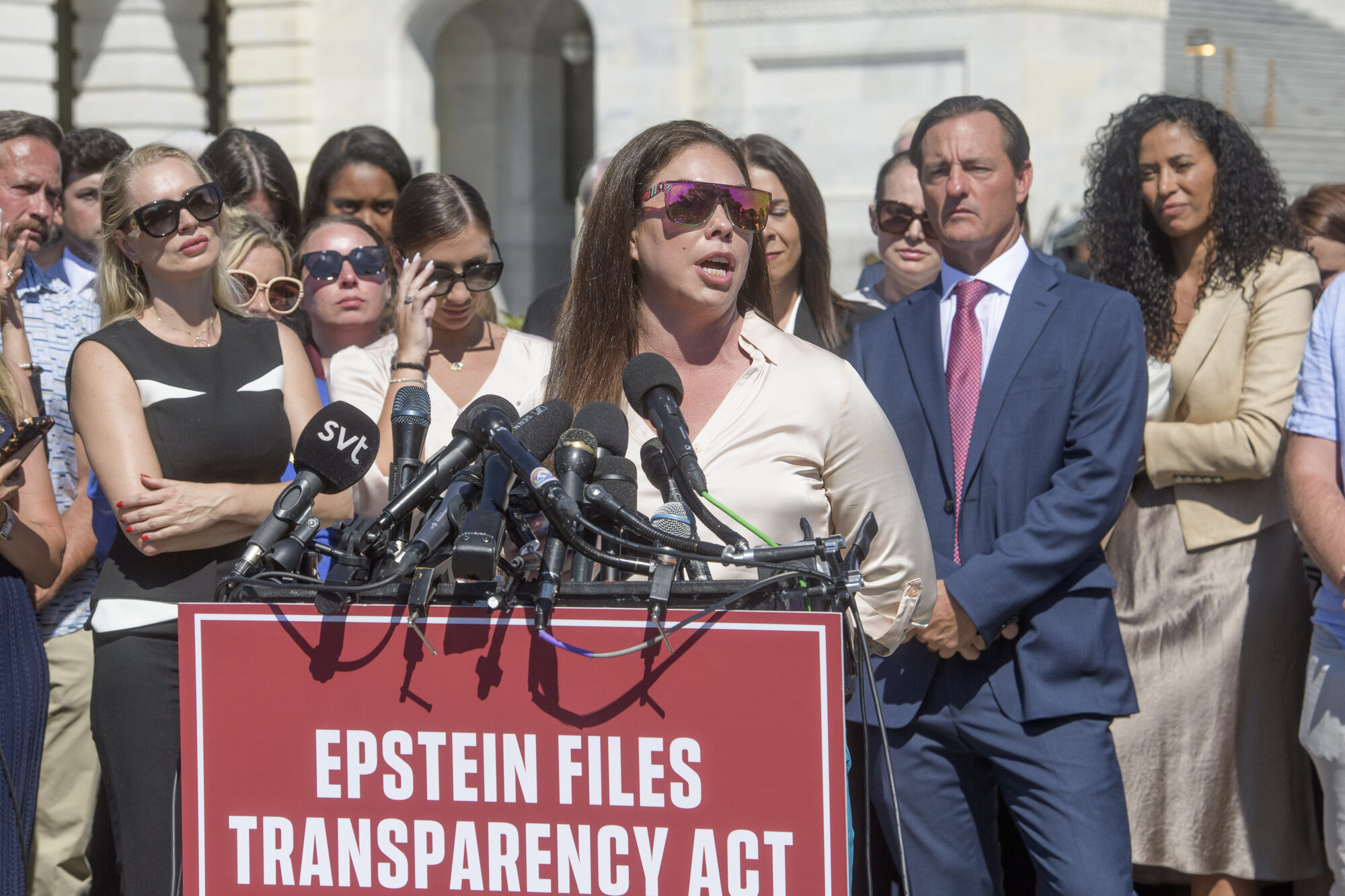
Across decades of Marvel storytelling, the Hulk has smashed his way onto screens with some of the most intense and unforgettable opening scenes. Each era and adaptation has tried to capture the duality of Bruce Banner – the brilliant scientist burdened with uncontrollable rage. From emotional flashbacks to explosive battles, Hulk’s various introductions set the tone for the stories that follow.
Some openings plunge directly into chaotic action, while others linger on Bruce’s inner torment before letting the green goliath loose. These moments have appeared in wildly different tones across animated series, live-action TV, blockbuster films, and the MCU timeline. They show the versatility of the character who has been criminally sidelined in modern adaptations.
The Vintage Gamma Wars Recap In What If…?
Marvel’s What If…? series embraces wild alternate realities. Its “What If… The Hulk Fought the Mech Avengers?” episode stands out for how it reintroduces Hulk. The opening sequence recaps the original “Gamma Wars” through a retro animated montage evoking the iconic 1980s animated era.
Transforming into a square aspect ratio, the vintage cartoon explains that the Avengers kept the work safe from dark forces. However, Hulk, consumed by his furry, unleashes gamma-created monsters upon the world. This introduces the Mech Avengers, before the cartoon finishes and returns audiences to the What if…? world.
It’s brief, but it gives newcomers instant context about why Hulk exists and why he’s feared. Before Hulk even appears on-screen, the sequence paints him as a walking weapon born from paranoia. This makes his later appearance feel mythic and inevitable within the multiverse.
Young Bruce And His Father In Hulk (2003)
Ang Lee’s Hulk (2003) takes an unexpectedly psychological approach, beginning with a chilling prologue about Bruce Banner’s childhood. The opening shows Bruce’s father, David Banner, conducting genetic experiments on himself and the young Bruce, hoping to create enhanced human soldiers. Flashbacks depict the tense domestic life of young Bruce, hinting at emotional neglect and suppressed trauma.
These scenes unfold with eerie lighting, somber narration, and surreal editing that blurs memory and science together. It’s less superhero action and more gothic family drama. It positions Hulk as the product of generational trauma rather than just an accident.
This opening makes Bruce’s curse feel fated and deeply personal, contrasting with the traditional accidental origin. While divisive, it’s a daring introduction that frames Hulk’s rage as something inherited. It’s a buried legacy rather than a random burst of gamma chaos.
The Solar Rays Accident In The 1980s Animated Hulk Series
The first episode of the 1982 Incredible Hulk animated series, “Tomb of the Unknown Hulk,” wastes no time plunging viewers into chaos. Bruce Banner is already the Hulk at this point, but the episode opens with him conducting a high-stakes experiment involving concentrated solar radiation at a desert base. The solar beams spiral out of control, causing Bruce to Hulk-out.
The Incredible Hulk looks dated by today’s standards, but it retains a retro charm that’s hard to ignore. The delightful voiceover from Stan Lee is a particular treat. Though it’s not as bombastic as other Hulk opening scenes, it’s a fun and easy introduction to Bruce’s world.
This isn’t Hulk’s origin – it’s a catalyst that sets the story in motion, showing how dangerous Bruce’s work remains even after becoming the Hulk. Interestingly, this became a precedent seen in most subsequent depictions. Live-action movies and animated series thereafter favored introducing a Hulk that was fully formed.
Hulk Works With The Avengers In Age Of Ultron
Avengers: Age of Ultron opens with a thrilling group battle with Hulk standing out as a cooperative member of the team. The camera dives into the snowy Sokovian battlefield as the Avengers raid Hydra’s fortress. Hulk, already transformed, works alongside the group as a vital contributor.
The sequence showcases the coordination between the team. As is constantly the case in the MCU, Hulk is largely sidelined in this sequence. Though it does culminate with establishing his connection with Black Widow and her new calming technique.
This is one of the few times the MCU shows Hulk functioning as a tactical asset rather than an uncontrollable hazard. The confident way the team works with him, paired with Bruce’s calm post-battle recovery, marks real growth for the character. It’s not a solo opening, but it’s electrifying, proving he can fight as part of a unit.
Bruce Returns To Earth And Finds Zombies In What If…?
In “What If…?* episode “What If… Zombies?!”, Bruce Banner plummets back to Earth after the events of Avengers: Infinity War. He crashes into the Sanctum Sanctorum, mirroring Hulk’s entrance in the original film. However, this time, Doctor Strange and Wong are missing.
As Bruce steps into the eerily quiet streets of New York, he discovers the world has collapsed into a zombie apocalypse. This twisty opening is pure horror, using silence and dread instead of explosions. When the zombified Strange and Wong attack, Bruce panics, unable to transform, and only survives thanks to a sudden rescue by the Cloak of Levitation.
It’s a startling opening scene. It cleverly played on the audience’s familiarity with the Infinity War scene to subvert expectations. This contrast created an incredibly unsettling atmosphere that teases the MCU’s full Marvel Zombies show.
She-Hulk Recreates The 1970s Hulk Series
The opening of She-Hulk: Attorney at Law episode 9 brilliantly pays homage to the classic 1970s Incredible Hulk TV show. The episode begins with a retro-styled sequence showing Jen Walters in the iconic 1970s apparatus that gave David Banner his powers. It then recreates numerous iconic scenes from the sequence with Jen in its place.
It’s a shot-for-shot recreation of the iconic Bill Bixby/Lou Ferrigno series intro, complete with glowing eyes and ripping clothes. The imitation of David Banner’s first transformation while changing a tire in a rainstorm is a particular highlight. She-Hulk even deployed the same dynamic theme tune.
This playful meta nod connects the MCU Hulk lineage back to its campy television roots. This is particularly pertinent as it came in She-Hulk’s season finale. Regardless, it’s a thrilling and humorous send-up of Hulk’s most famous era.
The Incredible Hulk (2008) Opening Montage And Chase
Louis Leterrier’s The Incredible Hulk opens with a rapid-fire montage that reboots Hulk’s origin while plunging Bruce Banner into immediate peril. The sequence shows Bruce’s gamma experiment gone wrong, his violent transformations, and General Ross’s hunt for him. All of this is conveyed surveillance footage and fragmented flashbacks.
This compressed storytelling lets the film skip a traditional first-act origin. It instead treated Hulk as an already established force of nature and jumped straight into the action. The tone is instantly urgent and paranoid, making Bruce feel like a fugitive from frame one.
Immediately afterward, the story launches into a tense chase sequence through the streets and rooftops of Rocinha, Brazil. It’s a kinetic and inventive way to open a superhero film, presenting Hulk as a hunted monster rather than a savior and giving the movie a relentless, breathless energy.
Betty Ross’s Nightmare In The 1990s Incredible Hulk Series
The 1996 Incredible Hulk animated series opens with a surprisingly eerie dream sequence from Betty Ross. She imagines Bruce and herself on a picnic, that’s soon interrupted by a giant looming General Ross, who tears Betty from Bruce. This triggers a truly terrifying Hulk-out, as the ground beneath them falls and away and parts.
Ross fires on Bruce, prompting Betty to awaken. Through this scene, The Incredible Hulk established the show’s basic premise within seconds. Betty and Bruce’s strained relationship, often complicated by General Ross’s schemes, was central to The Incredible Hulk TAS.
This dynamic, expressionistic sequence highlighted the operatic tragedy and monstrous potential for the Hulk himself. It also did this while highlighting Betty’s perspective. It’s an atmospheric way to launch an animated series, mixing psychological horror with superhero spectacle.
Bruce And Jen’s Car Crash In She-Hulk Episode 1
She-Hulk: Attorney at Law begins with Jennifer Walters and Bruce Banner on a casual road trip, which suddenly swerves into chaos. As they chat about Captain America, a Sakaaran spaceship drops from the sky, forcing Jen to crash their car. The crash is visceral, filmed with practical wreckage and spinning camera work that’s rare for Marvel.
Amid the wreckage, Bruce’s blood mixes with Jen’s open wound. This triggers her unexpected transformation into She-Hulk. This opening is refreshingly grounded, starting with character banter before abruptly shifting to life-changing catastrophe.
It also cleverly updates the Hulk mythos for a new generation while showing Bruce as vulnerable and human rather than invincible. By making the inciting incident a relatable accident, the series roots Jen’s origin in intimacy instead of grand spectacle. That said, the scene also highlights the horror in Hulking-out, lingering on Mark Ruffalo’s Bruce Banner as he cries in anguish.
Hulk Fights Thanos In Infinity War
Avengers: Infinity War delivers one of Hulk’s most thrilling entrances – only to tear it away. The film opens aboard the Asgardian refugee ship, where the mad Titan Thanos has already slaughtered half the passengers. Loki dramatically declares “We have a Hulk,” and Hulk bursts out to attack the Mad Titan.
It’s brutal, fast, and visceral. Hulk smashes Thanos into walls until Thanos coldly counters with surgical strikes, beating Hulk unconscious in front of everyone. This moment completely subverts expectations.



